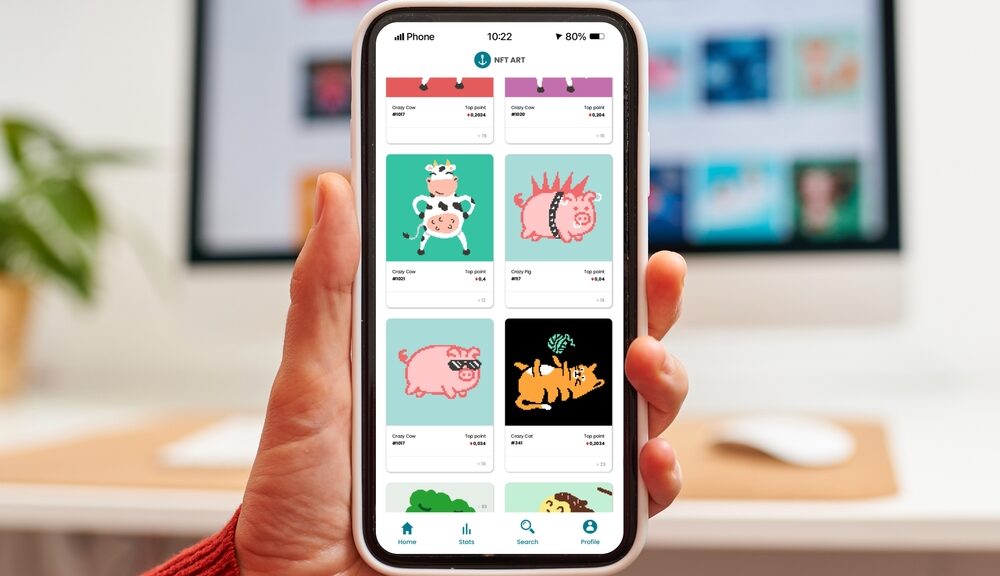The hype surrounding non-fungible tokens (or NFTs) has exploded over the last few years, and it will continue to surge. As a result, savvy companies like the NFL, WWE, and the Associated Press are starting to consider utilising NFTs in their marketing efforts. Here’s what you and your marketing team need to know:
What are NFTs?
A digital asset that represents real-world items like art, music, in-game goods, and videos is known as an NFT. They’re thought of as “one-of-a-kind” assets in the digital realm. They are bought and sold online regularly, frequently using cryptocurrency, and generally use the same underlying code as many cryptos. Although NFTs may be bought and sold like any other piece of property, they do not have a physical form. Instead, it’s simply a data unit stored on a digital ledger that identifies a digital asset as unique and not interchangeable, creating a virtually unbreakable bond between that object and its owner.
What brands are already using NFTs?
One big name brand embracing the NFT trend is PepsiCo’s potato chip brand Lays. In Romania, they founded a partnership with the digital asset platform Project Ark.
They are auctioning an NFT that represents a visual arrangement of over 3000 smiles with their “Share Smiles with Lays” campaign. Leader Insights reports, “the bidding has passed $300,000. All proceeds will go towards four non-profit organisations active in Romania’s educational, ecological, and social issues.”
Another approach is to utilise product placement in online games using NFTs. Nascar has collaborated with digital horse racing ZED run to include Nascar branded horses as NFTs in the game, and Coca-Cola debuted an NFT collection through the virtual reality game Decentraland. Other brands using NFTs as a marketing tool include Audi, Bacardí, and DKNY.
As we advance, marketers will need to consider how NFTs can be utilised in their overall marketing strategy. There’s a lot of potential in NFTs as a link between legacy brands and modern marketing strategies, allowing you to reach out to a younger audience.
Here’s how NFTs can benefit your brand:
How can NFTs be used in Marketing
● Create brand-new and one-of-a-kind brand experiences for your consumers.
● Increase brand awareness and engagement through new ways to interact.
● Have early access tokens to create a buzz ahead of events and product releases.
● Tell your brand’s tale with collectable assets that are rare and unique.
● Support causes your brand cares about via token sales.
● Open up a whole new revenue stream by selling goods in digital form or complementing physical offerings.
● Turn your most effective advertisements into NFTs to increase their potential for monetisation. Allow customers to purchase a piece of your company’s history in the making.
● Reward crowdfunding. Starbucks has been sourcing product ideas and feedback from consumers for years. Now co-creators can get rewarded for their contribution by owning a share in the final output.
Conclusion
Consider NFTs to be the new internet in 1999. The capacity to develop intellectual property (IP) will be critical in this new economy. This should be considered good news. Your brand’s IP is unique. Every item you sell is IP. The trademarks, catchwords, and characters of your firm are IP. The possibilities are endless.




